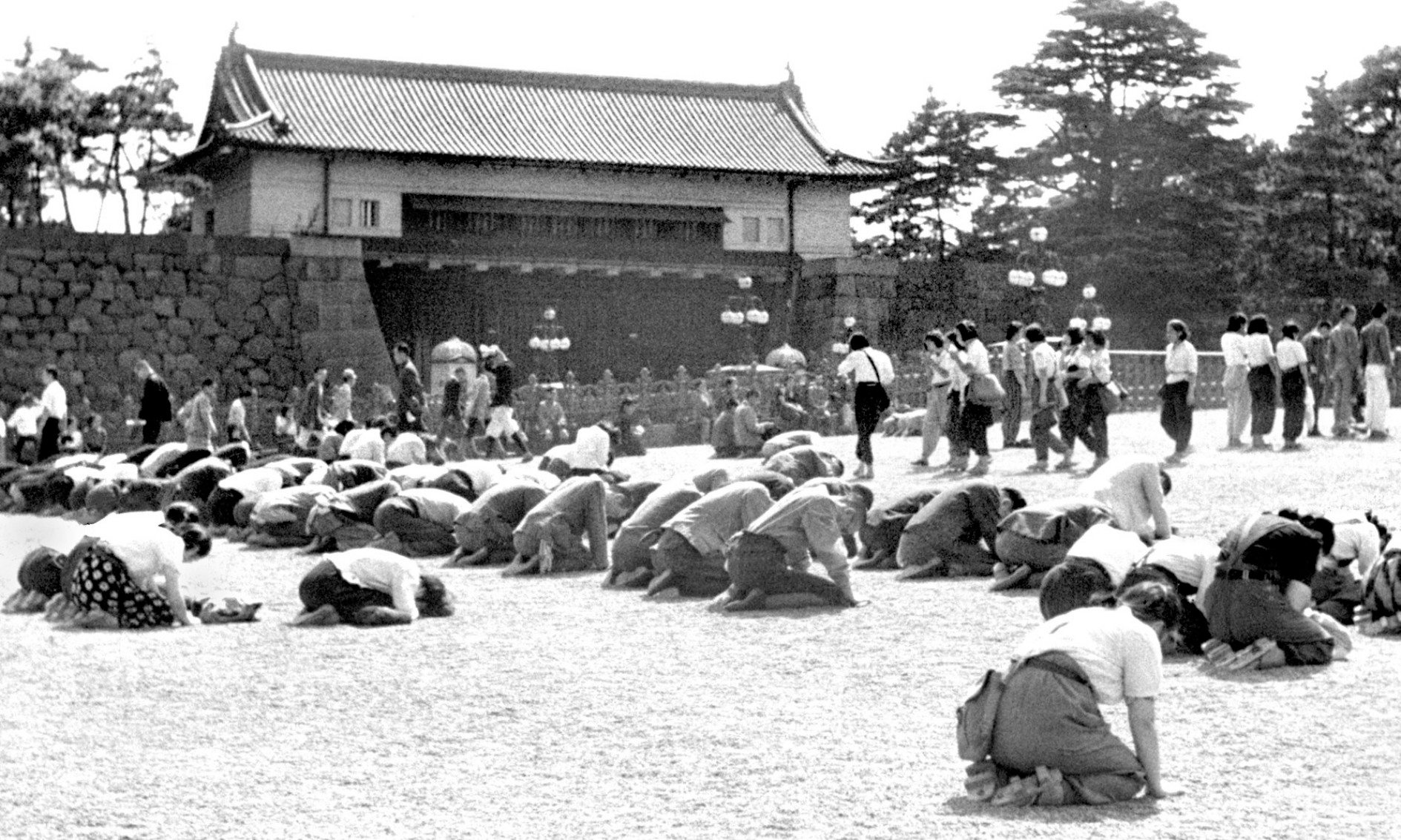
Asia after World War Two
Japan epilogue
The Pacific War did not end with one final and crushing battlefield defeat. The Allied victory was the outcome of relentless pressure that squeezed the life out of Japan's capacity to continue, even though millions of soldiers and civilians were still willing to die for the Emperor. The atomic bomb attacks on Hiroshima and Nagasaki and the Soviet declaration of war merely gave the Japanese government the opportunity to surrender.
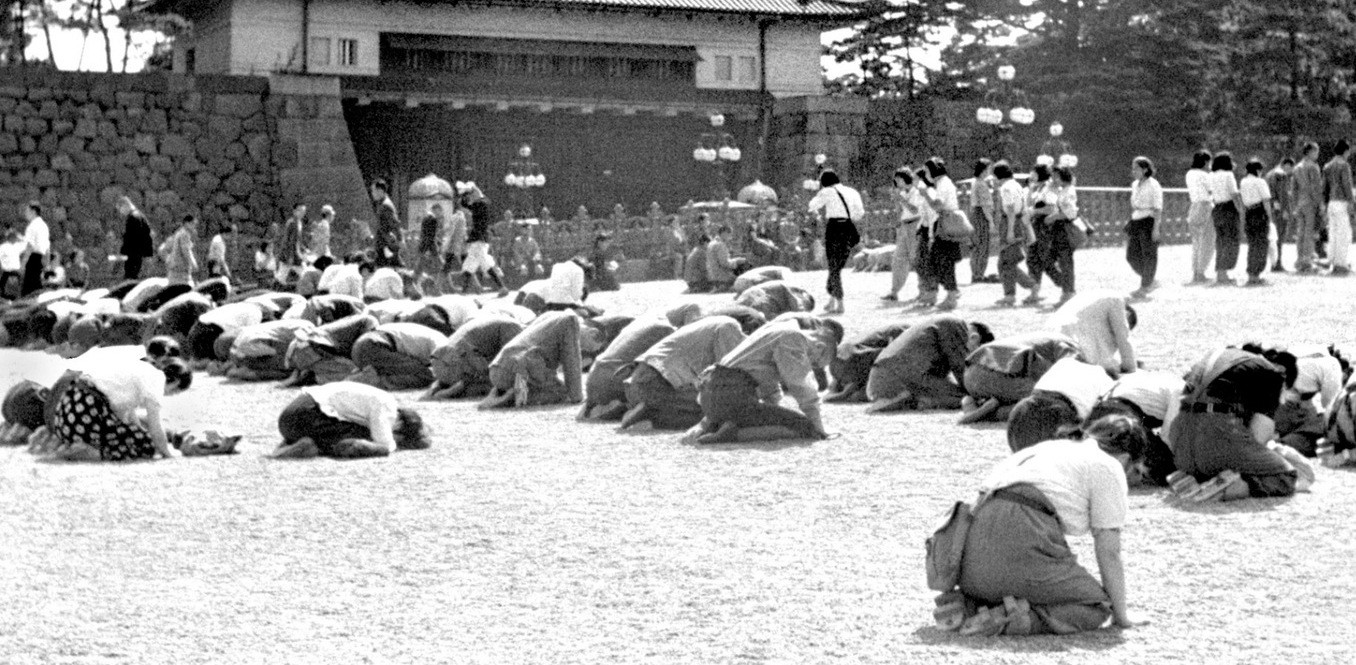
1 of 3
By July 1945, Japan was under siege from all sides. American and British carriers were conducting strikes against the home islands. American submarines were in the Sea of Japan. Most of Japan's navy had been sunk, and its overseas forces were isolated and surrounded. At home, however, the Japanese army was rapidly forming new divisions to repel the expected American invasion. Soon it numbered about 2 million troops in 60 divisions. But Japan was running low on the equipment, fuel, food, and other resources needed to continue the war.
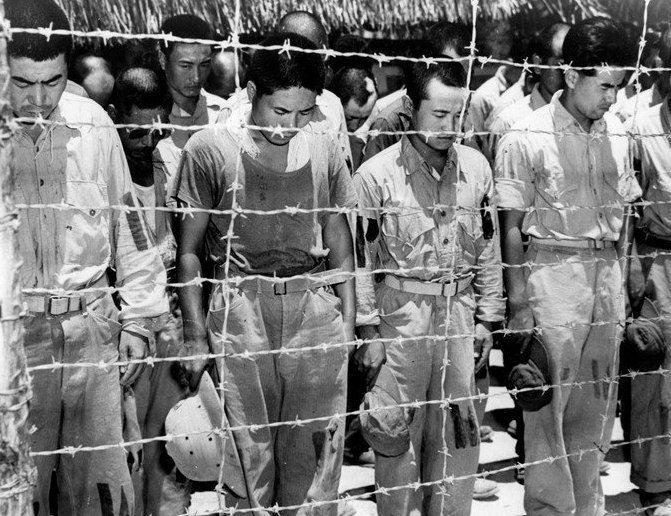
2 of 3
The double shock of the atomic bombs and the Russian attack decided the issue: three of the six members of the Imperial Council agreed to surrender. The other three wanted to fight on. The Emperor tipped the balance and decided to surrender; on the following day the Japanese government announced that it would accept the Allied terms provided they did not prejudice the prerogatives of the Emperor. The USA responded that the Emperor should be subject to the authority of the Supreme Commander for the Allied Powers. Japan informed the Allies that it accepted the terms. Afterwards several army officers attempted a coup. If the War Minister, General Anami Korechika, had supported the coup it might have succeeded, but he committed suicide, as did other military leaders.
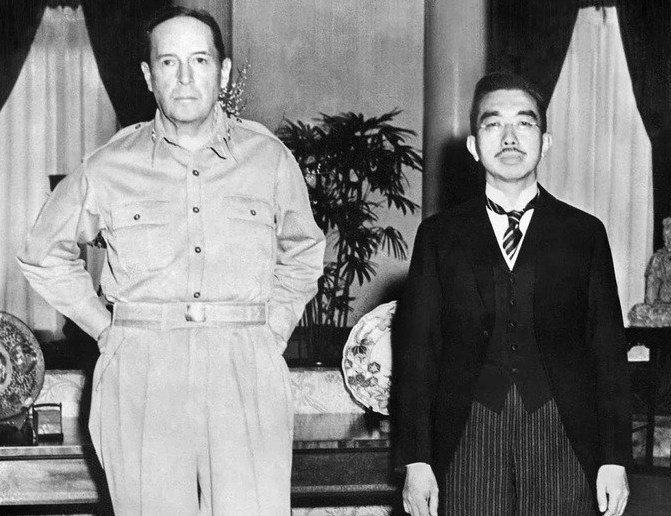
3 of 3
Though handfuls of Japanese soldiers remained in hiding and even sustained guerrilla activity in the Philippines and on remote Pacific islands for months or years, MacArthur and his occupying army were received in Japan with almost slavish obeisance. Many of Hirohito’s warriors who had professed themselves willing to die for their Emperor admitted relief that the sacrifice was not required. Captain Yoshiro Minamoto and thirty crewmen of a kaiten suicide boat unit emerged from hiding on the island of Tokahishi, off Okinawa, in response to American loudspeaker appeals. ‘I wanted everything done properly,’ said Minamoto, ‘so I had everyone wash their fatigues and clean their weapons. I paraded the men, we bowed towards Tokyo and saluted, then I led a group with a white flag towards the American lines. They treated us very well. I felt happy to have survived.’
When the war in the Pacific ended with the Japanese surrender, peace was accompanied by turmoil. In East Asia, the stages of surrender of Japanese forces in widely scattered areas from Burma to New Guinea, from Luzon to Java, was a lengthy and complicated process, followed soon after by new troubles between local nationalist groups and returning colonial powers. Only in Japan itself, ironically, was there a real peace at a time when China was about to dissolve in renewed — or continued — civil war. But everywhere there was at least a sense of hope that, with the end of the fighting, things would somehow be better.
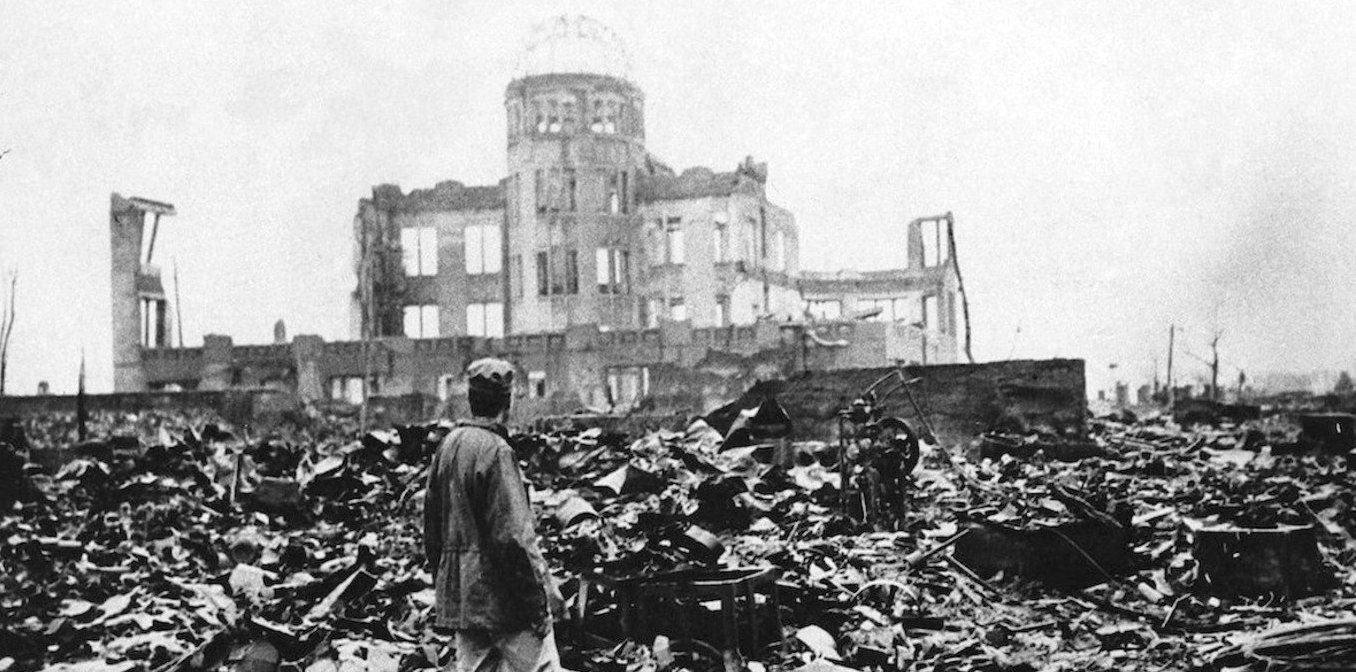
1 of 5
At the war's end, the movement of people caused by the great upheaval did not come to a halt. Millions had been displaced as refugees or deportees, and many of them found it difficult or impossible to go home. In some instances political conditions in their prior home areas had so changed as to make return inadvisable. In other cases, the people who did try to go home found themselves so unwelcome on return that they had to flee once again.

2 of 5
The destruction caused by the war was tremendous. There had been extensive damage in China, especially in the early years of fighting there; there had been great destruction in the Philippines, and much of Manila had been wrecked in the fighting for that city. Innumerable other cities, towns and villages had been dramatically and directly damaged during hostilities. Millions of tons of shipping had been sunk; factories destroyed or damaged; bridges and dams deliberately blown up by one side or the other.

3 of 5
Of all the occupied countries, only Burma, Manchuria and the Philippines had been liberated by Allied armies before Japan’s surrender. Four million Japanese still inhabited China. Already aware of the plight of the Allied POWs and civilian internees, Anglo-American expeditionary forces rushed to the political centers of Asia to rescue POWs and accept Japanese surrenders. Their mission was to ship the Japanese back to the Home Islands as quickly as possible before wars of revenge broke out all over Asia. In Hong Kong, for example, a Chinese mob assaulted the disarmed Japanese as they marched to their ships and killed hundreds — without firearms.

4 of 5
In China, the post-surrender political arrangements produced alliances of a kind between the Japanese Army, the Chinese Nationalists, and the surviving warlords. The Western Allies had designated Chiang Kai-shek the official agent for accepting Japanese surrenders, but the Nationalist armies were still cowed by the Japanese and too poorly armed and too small in number to keep order. Therefore, the Japanese Army remained armed and dangerous throughout the coastal areas of China, while other Japanese forces backed toward the sea and repatriation.

5 of 5
In defeat, the Japanese discovered that the Americans and the Chinese Nationalists could be more malleable victors than the Japanese could ever have imagined, given their own perception of the rights of conquerors. Despite political confusion throughout Asia, the Allies, primarily with American money and Japanese shipping, evacuated 5 million overseas Japanese, all but 500,000 in the first ten months after the surrender.
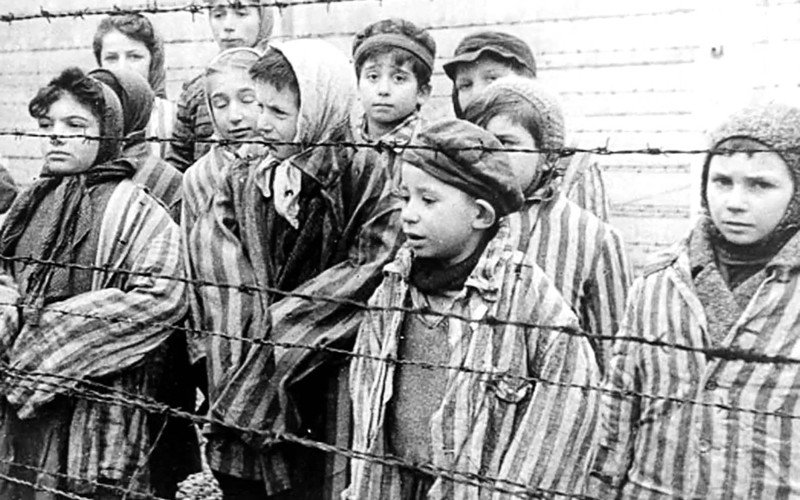
World War Two In Perspective
The Second World War was the most destructive conflict in human history. It shaped the world into what it is today. If nothing else, we ought at least to remember the most destructive war in history and the terrible tragedies it wrought.
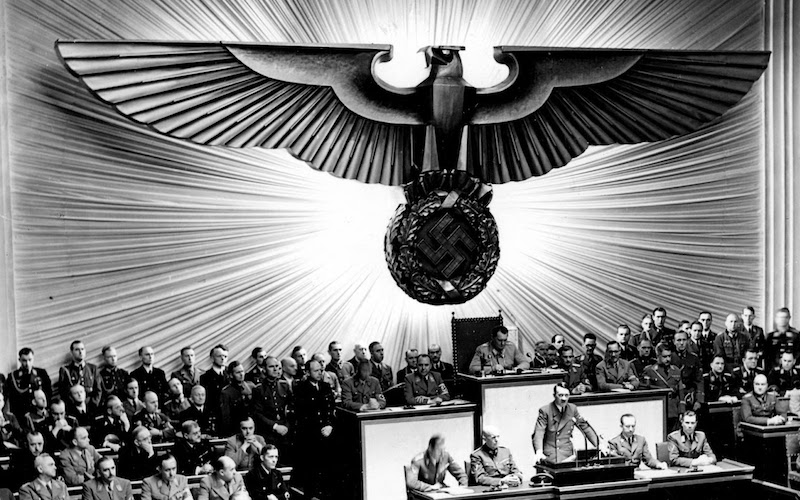
Why Germany lost World War Two and why the Allies won?
The Axis lost the war because of a series of tactical mistakes that, at the time, might have seemed the best choices of limited options. At the same time, the Allies won the war through a genuine team effort, and at great cost both financially and in the terms of human lives

How was World War Two fought?
World War Two was fought with a wide variety of weapons from all countries that fought in the conflict. As the war progressed, new and more deadly weapons were deployed on the world's battlefields.

Allied bombing of Germany
As distasteful as these bombing campaigns are today to most citizens of the liberal democracies under sixty years of age, the Combined Bomber Offensive in Europe and the bombing of Japan reflected not only a sense of moral conviction on the part of the West but a belief that such air attacks would end a war that daily grew more horrible for soldiers and civilians alike.
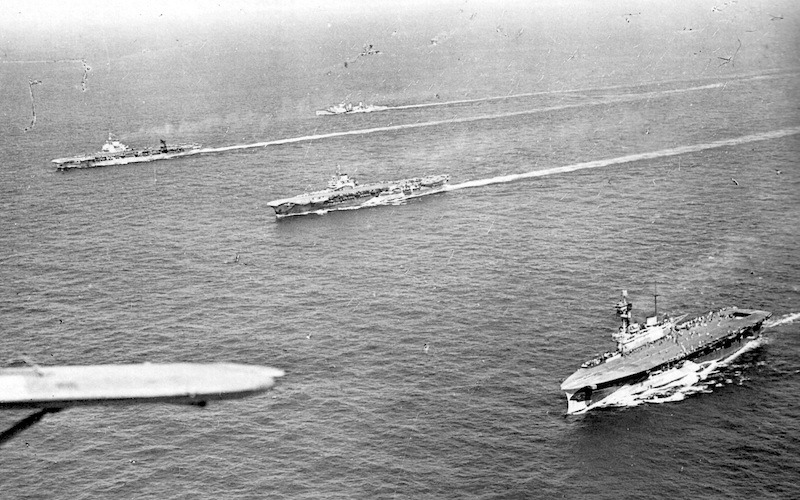
War at Sea during Word War II
The Allies eventually won the Battle of the Atlantic, but at a needlessly high cost. The armed forces’ lack of interest in anti-submarine warfare before the outbreak of the war was inexcusable, especially in light of their experiences in World War I. When Hitler invaded Russia Britain’s Prime Minister and America’s President supported URSS by establishing Arctic convoys of military equipment.

Home Front during World War Two
The industry had to accelerate the production of war matériel. The warring countries had to galvanize their societies for war in order to maintain morale, and to mobilize their soldiers. Countries under occupation tried to organize resistance movements with varying degrees of success.
- Gerhard L. Weinberg, A World at Arms A Global History of World War Two, Cambridge University Press, Cambridge, 1994
- Williamson Murray,Allan R. Millett, A War To Be Won Fighting the Second World War, Belknap Press, Cambridge, Massachusetts, 2000
- David Horner, The Second World War, The Pacific, Vol 1, Osprey Publishing, Oxford, 2002
- Max Hastings, All Hell Let Loose: The World at War 1939-45, HarperCollins Publishers, London 2011
- Max Hastings, Retribution: The Battle for Japan, 1944-45, Alfred A. Knopf, New York, 2007





